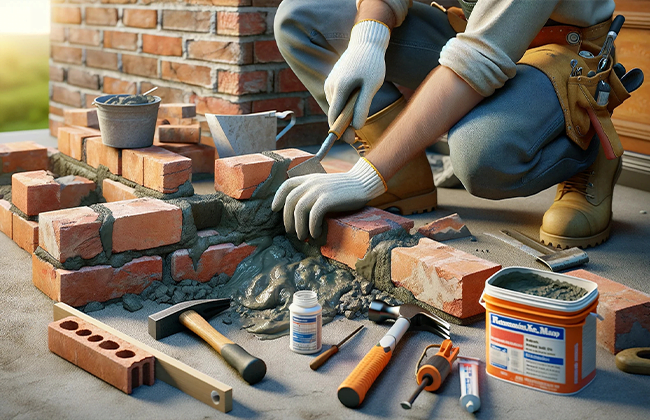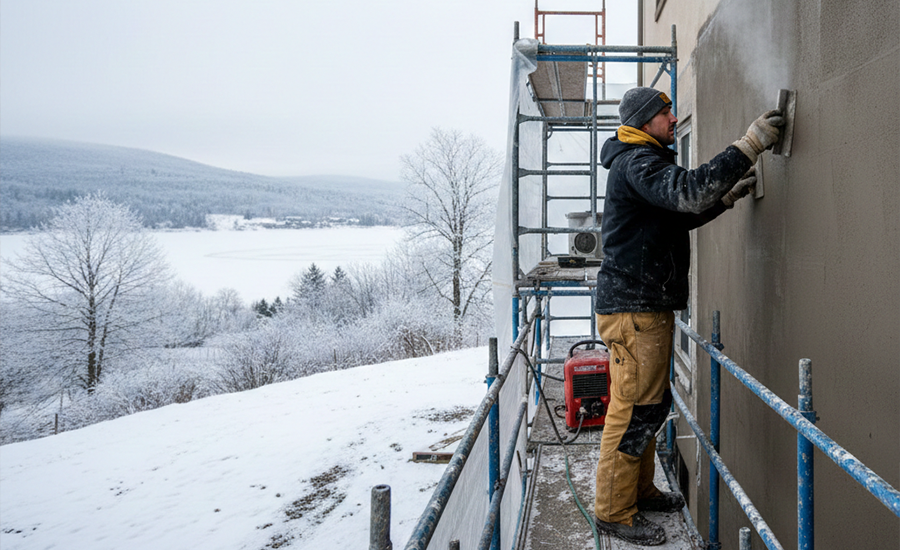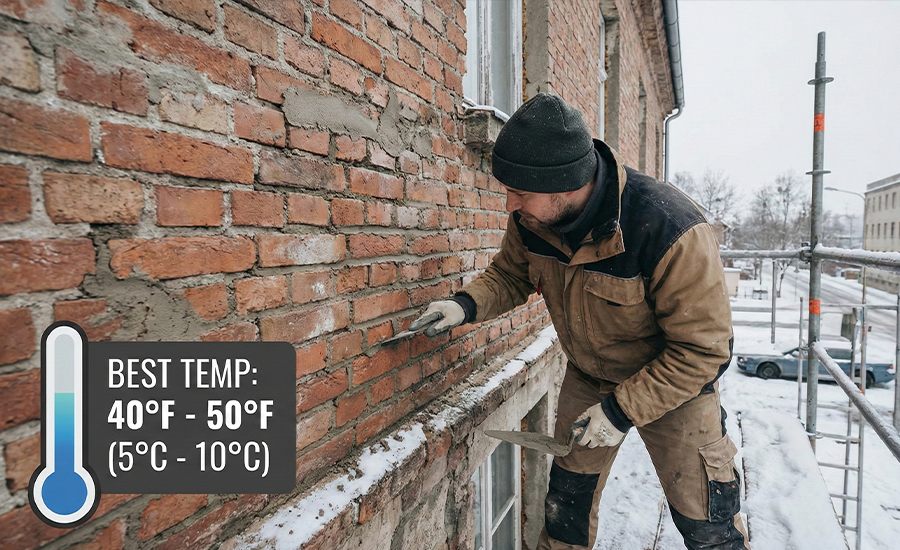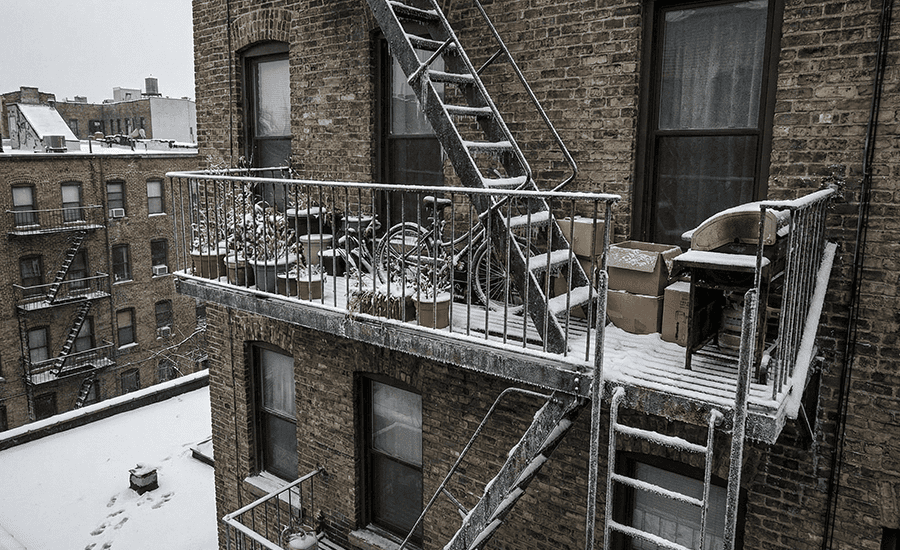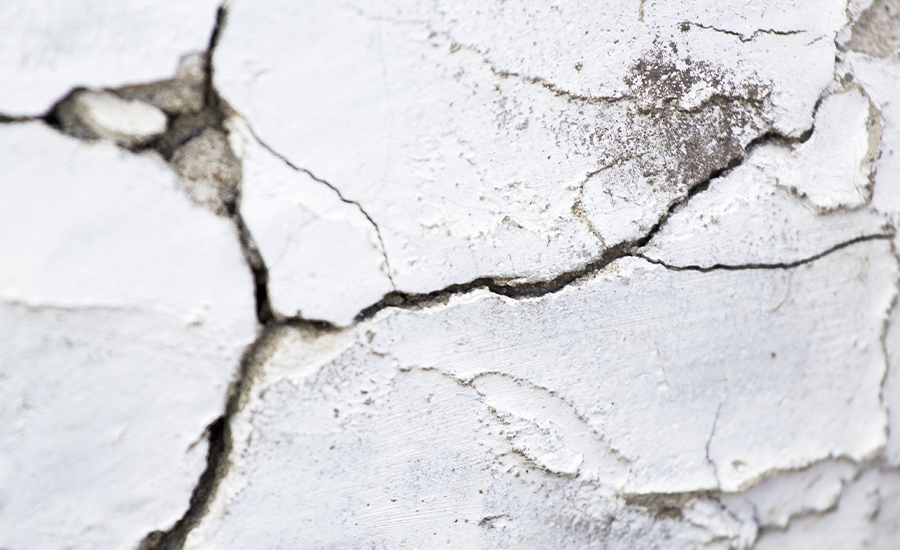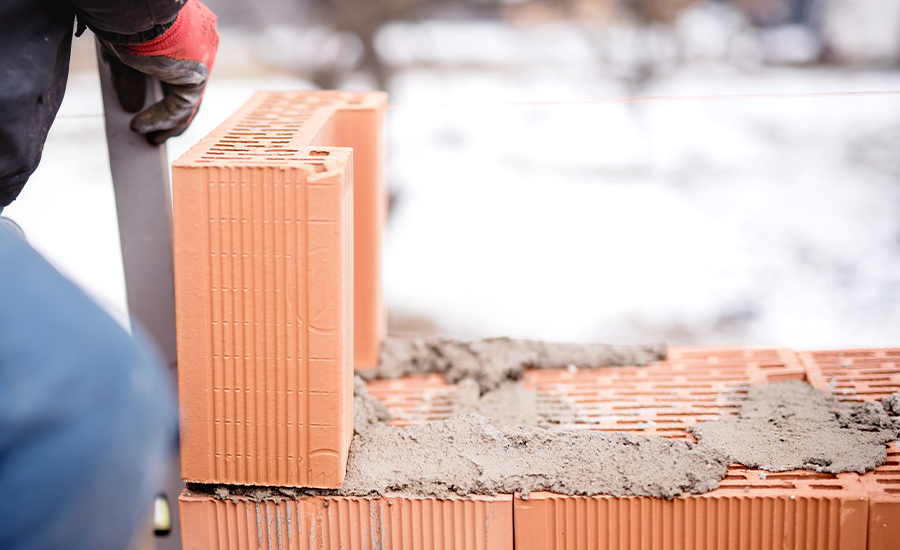Crack in brick wall repair is a task that many homeowners face, and it’s crucial to address it promptly to maintain the structural integrity of your home. Understanding the types of cracks, their causes, and the proper repair techniques is essential for any DIY enthusiast or professional. This guide offers a comprehensive look into repairing and preventing these common issues, ensuring your brick walls remain sturdy and visually appealing for years to come.
Crack in Brick Wall Repair: Understanding the Fundamentals
Brick wall cracks can be more than just a cosmetic issue; they are often indicators of deeper structural problems. This section delves into the essential knowledge required to identify and understand the nature of these cracks. By exploring the different types of cracks, such as hairline, stair-step, and horizontal, and discussing their common causes, including foundation settling, temperature changes, and moisture issues, we lay the groundwork for effective diagnosis and repair.
Identifying Types of Brick Wall Cracks
- Hairline Cracks: These are thin, superficial cracks that often emerge due to minor settling or natural expansion and contraction of materials. While they may not pose immediate structural risks, they can evolve into more significant issues if ignored.
- Stair-Step Cracks: Often found following the mortar lines in a brick wall, these cracks usually indicate more substantial settling or shifting of the foundation. They resemble the pattern of stair steps and are a sign that you need to pay close attention to the integrity of the structure.
- Horizontal Cracks: Horizontal cracks are often the most serious. They suggest significant pressure against the wall, often from soil or water outside. These cracks are a strong indicator of potential structural issues and require immediate professional assessment.
Exploring Causes of Cracks in Brick Walls
- Foundation Settling: Over time, the ground beneath a structure shifts, causing the foundation to settle. This movement can lead to cracks in brick walls.
- Temperature Changes: Thermal expansion and contraction can cause bricks and mortar to crack. As temperatures fluctuate, materials expand and contract at different rates, leading to stress and eventually cracks.
- Moisture Issues: Moisture can weaken mortar over time, leading to crumbling and cracking. Water infiltration due to poor drainage or leaks can exacerbate this problem.
Step-by-Step Process for Crack in Brick Wall Repair
Repairing cracks in brick walls is a crucial skill for maintaining the structural integrity and aesthetic appeal of your property. This section provides a detailed, easy-to-follow guide on how to address these cracks. Covering everything from the essential tools and materials needed, like masonry chisels and mortar mix, to the specific steps of preparing the area, applying the mortar, and ensuring proper curing, this guide aims to equip you with the knowledge to handle common brick wall repairs confidently.
Gathering Tools and Materials for Wall Crack Repair
- Masonry chisel
- Hammer
- Mortar mix
- Caulking gun
- Masonry sealant
Preparing the Area for Repair
- Cleaning the Crack: Remove any loose material from the crack using a chisel and brush. Clean the area thoroughly to ensure the new mortar adheres properly.
- Removing Loose Bricks: In cases where the crack has caused bricks to loosen, carefully remove them and clean off the old mortar.
- Safety Precautions: Wear safety goggles and gloves to protect yourself from flying debris and sharp tools.
Detailed Repair Process
- Mixing the Mortar: Follow the manufacturer’s instructions to mix the mortar. It should have a consistent, paste-like texture.
- Applying the Mortar: Use a trowel to press the mortar into the crack or the space where bricks have been removed. Ensure it’s packed tightly and level with the existing wall.
- Ensuring Proper Curing: Allow the mortar to dry slowly and avoid rapid drying as it can cause cracks. Covering the repaired area with a plastic sheet can help slow down the drying process.
Finishing Touches
- Color Matching: To ensure a seamless repair, try to match the new mortar to the existing color as closely as possible.
- Applying Sealant: Apply a masonry sealant to protect the repair from moisture.
- Cleaning Up the Workspace: Clear away all tools and debris, leaving the site clean and safe.
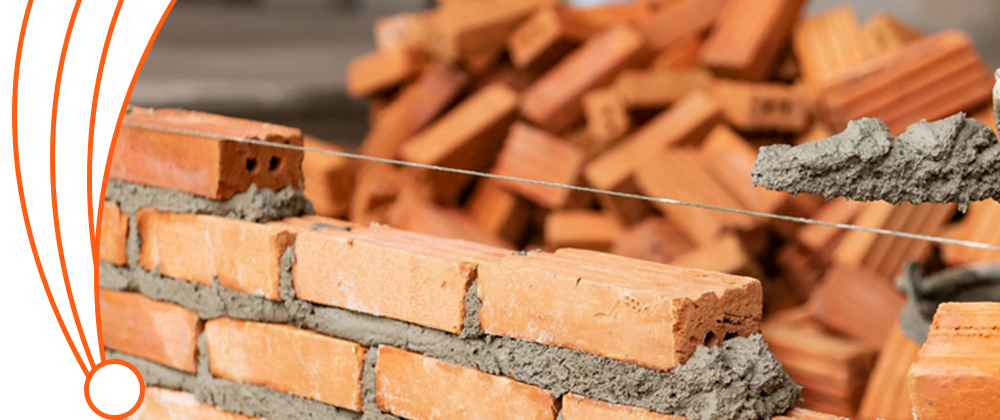
Preventing Cracks in Your Brick Walls
Prevention is always better than cure, especially when it comes to maintaining brick walls. This part of the article focuses on proactive strategies to prevent the formation of cracks. It includes regular inspection routines, tips on keeping moisture away from walls, and advice on addressing the root causes of cracks, such as fixing gutter and drainage issues and ensuring proper foundation care. These measures are key to minimizing future repair work and extending the life of your brick walls.
Routine Inspection and Maintenance
- Regularly Inspecting for Early Signs: Conduct bi-annual inspections of your brick walls to catch and address cracks early.
- Keeping Moisture Away from Walls: Ensure good drainage around your home to prevent water buildup which can lead to moisture issues.
Addressing Root Causes
- Fixing Gutter and Drainage Issues: Regularly clean and repair gutters to prevent water damage.
- Ensuring Proper Foundation Care: Address any signs of foundation issues promptly to prevent further damage to your walls.
Best Practices and Pitfalls in Wall Crack Repair
Navigating brick wall repairs can be tricky, and there are certain best practices to follow and pitfalls to avoid. This section outlines the essential do’s and don’ts of brick wall crack repair. From choosing the right materials and understanding when it’s time to call a professional, to common mistakes like ignoring small cracks or incorrect mortar application, these guidelines will help ensure that your repair efforts are effective and long-lasting.
Effective Strategies for Repairing Wall Cracks
- Choosing the Right Materials: Select high-quality mortar and tools for durable repairs.
- Understanding When to Call a Professional: For large or complex cracks, especially horizontal ones, seek professional help.
Common Mistakes to Avoid in Brick Wall Maintenance
- Ignoring Small Cracks: Small cracks can lead to bigger issues if left unaddressed.
- Incorrect Application of Mortar: Ensure proper mixing and application to avoid weak repairs.
Eco-friendly and Safe Approaches to Wall Repair
In today’s world, it’s important to consider the environmental impact and safety aspects of home repair projects. This final section covers eco-friendly repair options and safety tips. Emphasizing the use of sustainable materials, reducing waste, and focusing on safety measures like proper protective gear and careful handling of tools, this part of the article underscores the importance of being environmentally conscious and safe while undertaking brick wall repairs.
Sustainable Practices in Brick Wall Repair
- Sustainable Materials: Opt for eco-friendly, sustainable mortar options if available.
- Reducing Waste: Minimize waste by measuring and mixing only what is needed.
Safety Considerations in Handling Wall Repairs
- Proper Protective Gear: Always wear appropriate safety gear, including gloves, goggles, and a dust mask.
- Handling Tools with Care: Use tools safely, following manufacturer guidelines and personal safety measures.
Conclusion:
In conclusion, an effective crack in brick wall repair not only restores the aesthetic appeal of your home but also reinforces its structural integrity. By following the guidelines and tips provided in this guide, homeowners can tackle these repairs with confidence. Remember, regular maintenance and addressing cracks early are key to avoiding more significant issues in the future, ensuring the longevity and safety of your brick walls.
FAQs:
Q: What causes a crack in a brick wall?
A: Cracks in brick walls can arise from several factors including foundation settling, temperature fluctuations, and moisture issues, each affecting the wall’s integrity differently.
Q: How can I identify serious cracks in my brick wall?
A: Serious cracks are usually wider than a quarter-inch, run deep into the wall, or continue to grow over time, indicating potentially significant structural concerns.
Q: Is DIY crack in brick wall repair advisable?
A: DIY repair is suitable for minor cracks. However, for larger or structurally significant cracks, consulting a professional is recommended for a safe and effective repair.
Q: What materials do I need for crack in brick wall repair?
A: Essential materials include masonry chisel, hammer, mortar mix, caulking gun, and masonry sealant, tailored to the specific type of crack and wall.
Q: How often should I inspect my brick walls for cracks?
A: Regular inspections, ideally twice a year, can help catch and address cracks in brick walls early, preventing more extensive damage.



